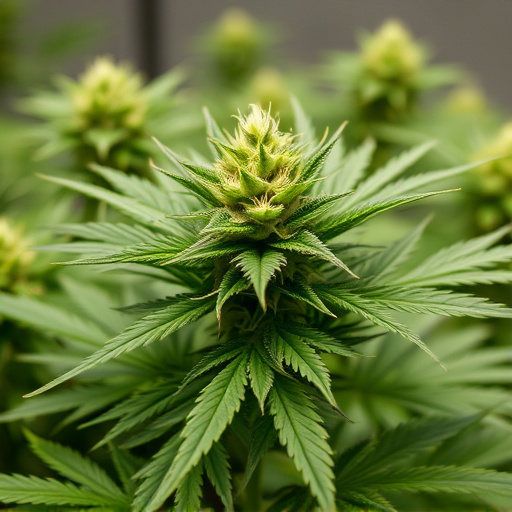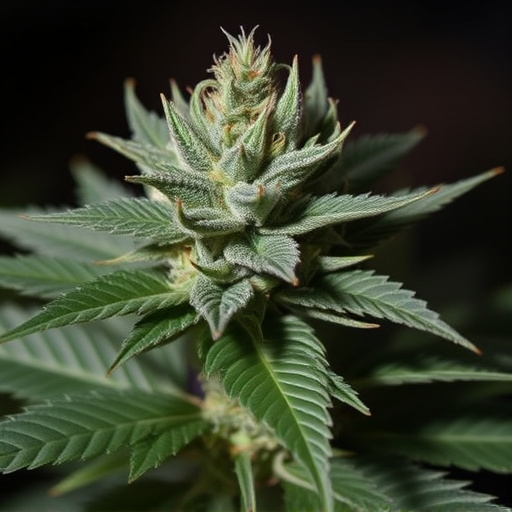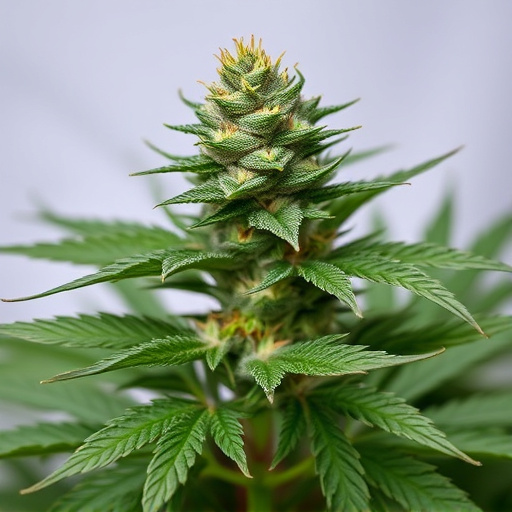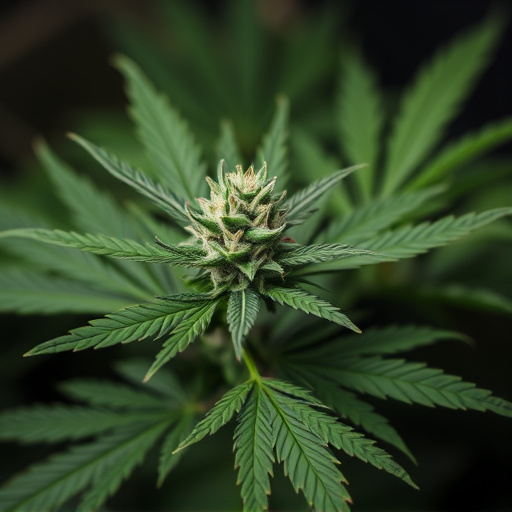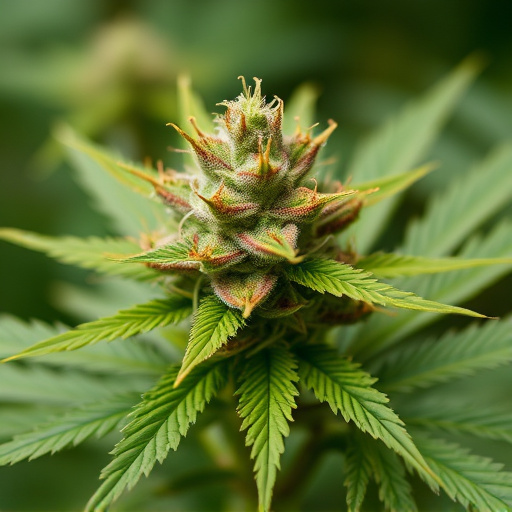Cannabis offers potential relief for fibromyalgia through its unique cannabinoids, notably CBD. However, high-THC strains may exacerbate symptoms like pain and anxiety. Opting for CBD-rich strains with balanced THC levels can provide analgesic effects without intoxicating effects. Selecting suitable cannabis strains involves consulting healthcare professionals or cultivators for personalized guidance, prioritizing moderate THC and higher CBD content. Consumption methods like smoking or vaping small doses offer better control to avoid overwhelming reactions.
Discover how to harness the power of cannabis for pain management, especially in mitigating fibromyalgia symptoms. This comprehensive guide explores the potential negative effects of cannabis and provides practical strategies to minimize adverse reactions. By understanding different cannabis strains and their unique properties, you can navigate options tailored to your needs. Learn essential tips to ensure a safe and effective experience with cannabis as a treatment for fibromyalgia.
- Understanding Negative Effects of Cannabis and Fibromyalgia
- Exploring Cannabis Strains for Pain Management
- Strategies to Minimize Adverse Reactions
Understanding Negative Effects of Cannabis and Fibromyalgia

Cannabis, while known for its potential therapeutic benefits, can also produce negative effects, especially for individuals with chronic conditions like fibromyalgia. Understanding these adverse reactions is crucial when exploring cannabis as a treatment option. Fibromyalgia patients often experience sensitivity to various compounds found in cannabis, which can exacerbate symptoms like pain, anxiety, and sleep disturbances.
Cannabis strains known for their high THC content, the primary psychoactive compound, may worsen these symptoms. Conversely, some patients find relief with cannabis strains that are rich in CBD, a non-psychoactive component shown to have anti-inflammatory and analgesic properties. Selecting suitable cannabis strains for fibromyalgia requires careful consideration of individual tolerance and desired effects, making it essential to consult healthcare professionals or experienced cultivators for personalized guidance.
Exploring Cannabis Strains for Pain Management

Cannabis has gained attention as a potential tool for pain management, offering an alternative approach for conditions like fibromyalgia. Exploring different cannabis strains can be beneficial in this regard, as each strain possesses unique chemical profiles with varying effects on the body and mind. For individuals seeking relief from fibromyalgia’s chronic pain, specific cannabis strains known for their analgesic (pain-relieving) properties may offer a promising avenue.
Research suggests that certain cannabinoids found in cannabis interact with the body’s endocannabinoid system, which plays a crucial role in regulating pain perception. Strains high in CBD (cannabidiol), a non-psychoactive cannabinoid, have been particularly studied for their potential to mitigate pain without inducing the intoxicating effects associated with THC (tetrahydrocannabinol). As such, selecting cannabis strains for fibromyalgia treatment should focus on those with balanced or high CBD content, providing a more comfortable and controlled experience while reaping potential therapeutic benefits.
Strategies to Minimize Adverse Reactions

Many individuals who use cannabis experience adverse reactions, especially when consuming high-potency varieties. To minimize these effects, it’s crucial to understand your strain choices and consumption methods. Opting for cannabis strains known for their balanced, mild profiles can be beneficial, particularly for managing conditions like fibromyalgia. Research indicates that specific strains with moderate THC levels and higher CBD content may offer relief while reducing negative impacts.
Additionally, method of consumption plays a significant role. Edibles, for instance, can produce stronger and longer-lasting effects due to their delayed onset. Choosing smoking or vaping methods instead might provide more control over dosage, helping to avoid overwhelming your system. Taking small doses at a time and waiting for the effects to subside before consuming more is a strategic approach to mitigate adverse reactions.
In understanding the negative effects of cannabis, particularly in managing fibromyalgia, it’s clear that strategic choices can significantly improve outcomes. By exploring specific cannabis strains tailored for pain relief and employing strategies to minimize adverse reactions, individuals can harness the benefits of this natural compound while mitigating its drawbacks. Incorporating these practices fosters a healthier relationship with cannabis, making it a more effective tool for managing chronic conditions like fibromyalgia. Remember, understanding and proactive management are key to reaping the benefits of cannabis strains for fibromyalgia in a safe and beneficial way.
